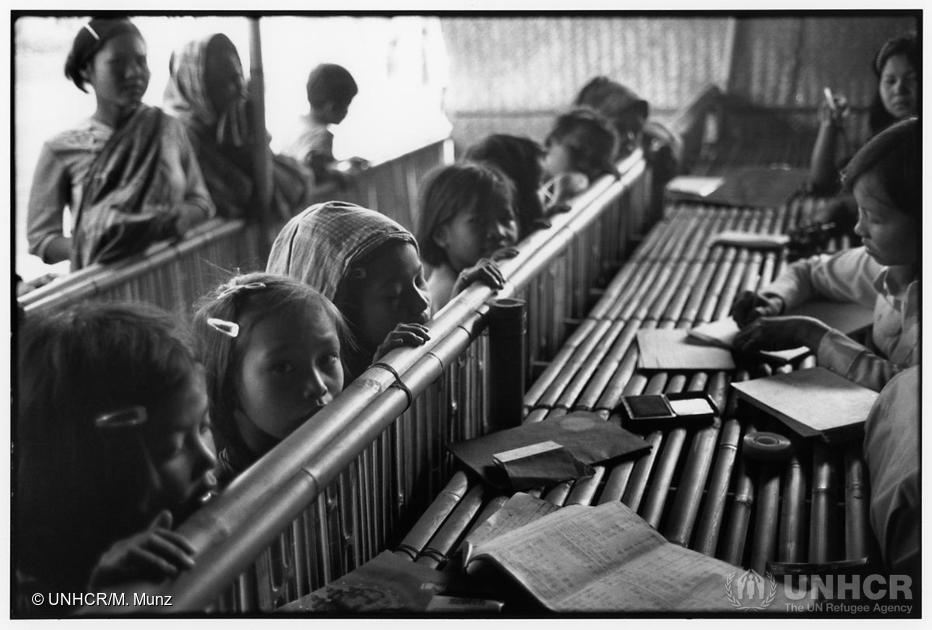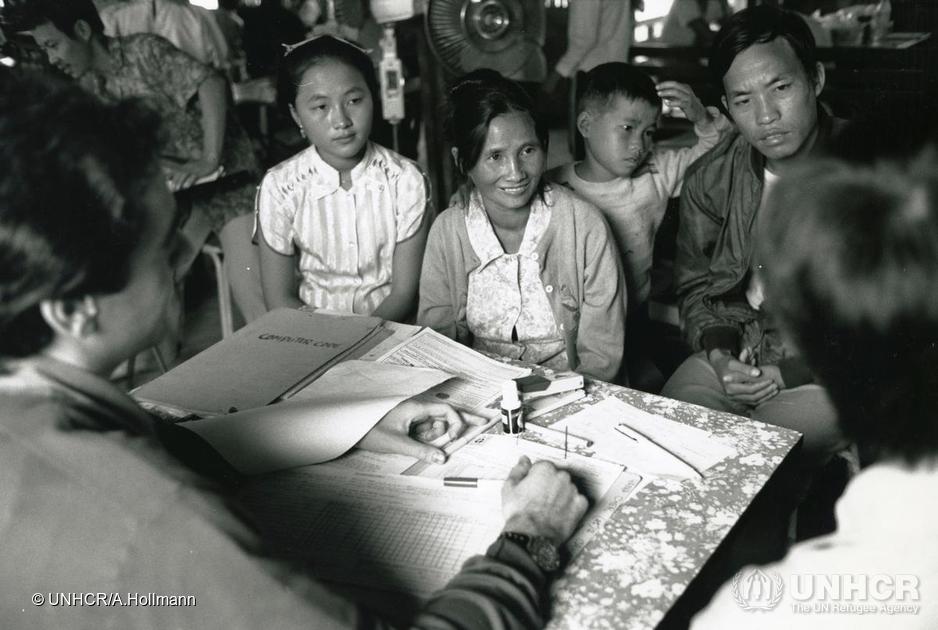The Sinhalese are the largest ethnic group of Sri Lanka. Immigration to Canada began in the mid-1950s and increased in the late 1980s. According to the 2016 Canadian census, 7,285 people claimed Sinhalese ancestry (4,355 single and 2,925 multiple responses). The census reported 152,595 people of Sri Lankan origin in Canada.
Background
Sri Lanka, formerly known as Ceylon, is an island of 65,525 square kilometres in South Asia, located near the equator and within major sea lanes in the Indian Ocean. The Sinhalese are the largest ethnic group of Sri Lanka, comprising approximately three quarters of the population. According to Sinhalese chronicles, the Sinhalese, or "lion people," are the descendants of Prince Vijaya and his 700 followers who arrived in Sri Lanka in the 6th century BC after having been banished from Sinhapura in Bengal, Northeast India. Sinhalese speak an Indo-Aryan language called Sinhala, or Helabasa, and a smaller portion of the population (in Sri Lanka) speak Tamil. The overwhelming majority of Sinhalese practice Theravada Buddhism, which was introduced to the islanders in the 3rd century BC.
Sinhalese in Canada
Sri Lanka gained its independence from Great Britain in 1948. Sinhalese immigration to Canada began in the mid 1950s. In the late 1980s, larger numbers of Sinhalese started to arrive seeking refugee status, in part due to political unrest in Sri Lanka.
The 2016 census reported 7,285 people of Sinhalese origin living in Canada. The largest concentration of Sinhalese reside in Ontario (5,195 people), mainly Toronto. There are also active Sinhalese communities in Vancouver, Calgary, Edmonton, Montreal and Ottawa-Gatineau. According to the 2016 census, a total of 152,595 people of Sri Lankan origin live in Canada.
Social and Cultural Life
The Sinhalese community has a vibrant social and cultural life that revolves around events and activities organized by religious and community organizations. Some of these events include New Year festivals, Buddhist religious celebrations, sports events, theatre and concerts.
Many community organizations are found within the Sinhalese community. The Sri Lanka-Canada Association was formed in 1968 and is one of the oldest organizations in the Sri Lankan community. The Sinhalese Association of Canada, the leading Sinhala cultural organization in Toronto, was founded in 1998. The Sinhalese Association is well known for hosting a summer musical event known assathsara ravaya, which celebrates the people and accomplishments of the Sinhalese community.
Most of the leading boys' and girls' schools in Sri Lanka have created ties in Canada to their traditional Old Boys' Associations and Old Girls' Associations. These organizations host community and sports events, such as the "cricket carnival," for the teams and alumni of the colleges.
Sinhalese Buddhist temples provide religious, social and cultural centres within most communities. The Toronto Maha Vihara, formed in 1978 in Scarborough, is the oldest Sinhalese Buddhist temple in Canada, and the West-End Buddhist Centre, founded in 1992, is a prominent Sinhalese Buddhist temple located in Mississauga. Both are notable for their Dhamma schools, which cultivate Buddhist values among Sinhalese Canadians.
The Sinhalese community keeps its members informed through media broadcasts and newspapers. In Toronto, there are two community television programs and one community radio broadcast ( see Radio and Television Broadcasting). Two free newspapers are published in Sinhala and two in English, which are distributed across Canada.
Sri Lanka-Canada Relations
A High Commission represents Sri Lanka in Canada, and Canada is represented in Sri Lanka by the Canadian High Commission in Colombo. As members of the Commonwealth, Canada and Sri Lanka have a reciprocal relationship.
Canada established an assistance partnership with Sri Lanka in the 1950s, which was managed mainly by the Canadian International Development Agency (CIDA) to conduct development work and deliver humanitarian assistance in Sri Lanka.

 Share on Facebook
Share on Facebook Share on X
Share on X Share by Email
Share by Email Share on Google Classroom
Share on Google Classroom



